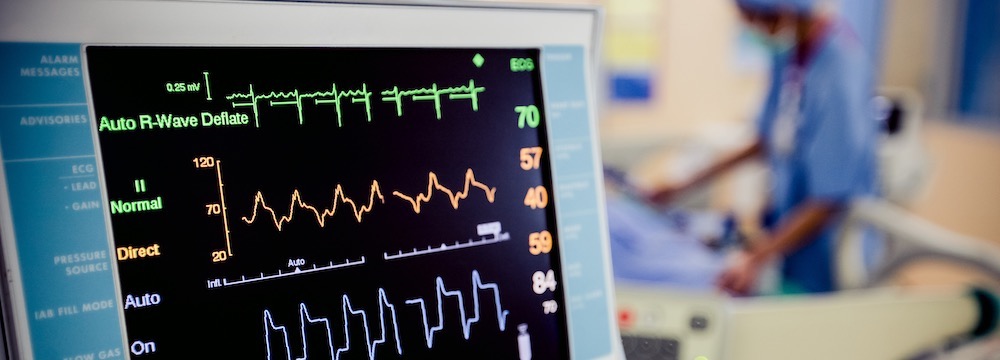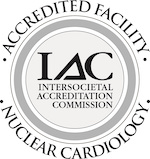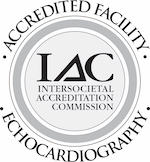It’s a staple at virtually every American barbecue and get together – steak, burgers…red meat. In fact, Americans consume so much red meat that it is a contributory factor to the heart disease that we, collectively as a society, suffer from. But how exactly does red meat affect the heart and what do we need to do to help?

Red meat is very high in saturated fat. These are the bad fats that can eventually lead to heart disease. This is especially true for heavily marbled cuts. However, it is not only the composition of the red meat that matters, but it is also the portion sizes that we have become accustomed to. It’s rare to find a slab of meat weighing in at less than 8 ounces in a restaurant today. Be mindful that 3 to 4 ounces is a normal portion of protein. So even with the smallest steak on the menu, we are staring at double the amount of meat we should be eating.
As specialized cardiologists, we encounter a common concern where patients do not seem to receive a definitive diagnosis, but are convinced they have a cardiac arrythmia or irregular heartbeat. To be sure, there is a possibility that the worry is psychosomatic. However, arrhythmias are often difficult to diagnose without specialized tools that a typical primary care practice would not have.

As patients get older, an EKG or electrocardiogram test becomes standard at each physical. After all, the primary risk factor for arrhythmias is age. However, not all arrhythmias are linear. In fact, early on, arrhythmias are often paroxysmal or occasional. Paroxysmal arrhythmias may occur at varying times and there is often no discernable pattern of onset. However, EKGs can only detect an arrhythmia at the time the test is being performed. Think of the EKG as a snapshot in time that would have to coincide exactly with when the patient is having the arrhythmia.




